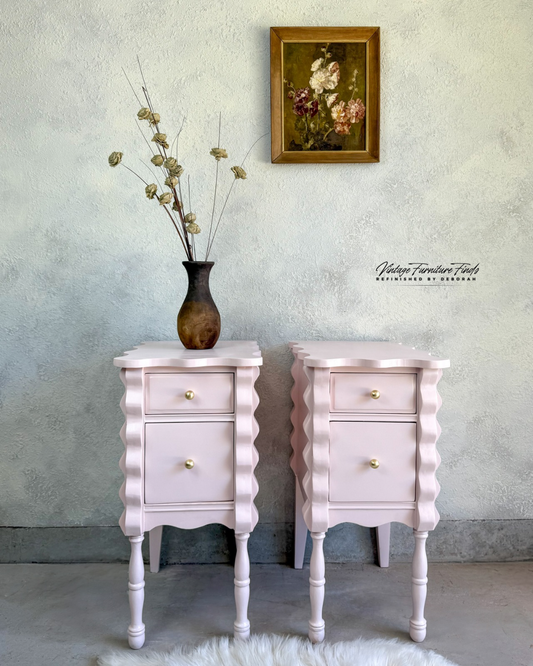
In Part 4 of this series, we dove into the importance of primers for painted furniture. But what if you prefer a natural, wood-stained finish? Today, we’ll explore the nuances of stains, wood dyes, and why preparation is everything for achieving that flawless look.
First, a quick reminder: I earn a small commission on affiliate links included in this post. Thank you for supporting my blog by shopping through these links—it allows me to continue sharing refinishing tips and tricks!
Understanding Stains and Dyes
When it comes to choosing between oil-based stains, water-based stains, and wood dyes, knowing how each performs is key.
Oil-Based Stains
Oil-based stains are a classic choice for rich, opaque colors. They’re easy to apply and work well on open-grain woods like oak and walnut. However, they can lead to blotchy results on dense, non-porous woods like maple or cherry without proper prep.
My Favorite Oil-Based Stains:
• Fusion Mineral Paint Stain & Finishing Oil (SFO): Shop here

• Greenez Color My World Soy-Based Stain: Perfect for softwoods like pine and maple. Shop and use code VINTAGEFINDS10
• Custom Mix Tip: Combine Mixed Aged Rock and Amazonia Bark in equal parts. For woods pulling an orange tint, start with Pantheon White.

Water-Based Stains
Water-based stains dry quickly and are less odorous, making them a more eco-friendly option. They offer great control but require careful application to avoid overlapping marks.
Wood Dye
Wood dyes penetrate the wood fibers, coloring the wood directly for a vibrant, transparent finish. They’re an excellent choice for woods prone to blotching, like birch and maple.
My Favorite Wood Dye:
•Polyvine Wood Dye
You can find my favorite Antique Pine wood dye here.
• General Finishes Dye Stain: Available in the link below. I also love their water- and oil-based stains. Click the drop down box on the left hand side of your screen once you click the link. Then choose the option under General Finishes. Find it here

Why Testing Is Crucial
Before committing to a finish, always test a small, inconspicuous area. Stains and dyes can look very different on the wood versus in the can. Let the test area fully dry to see the true color and finish.

Prepping with Wood Conditioner
Reminder* If you are using an oil based stain use an oil based pre-stain wood conditioner.
Preparation is everything when staining furniture. A pre-stain wood conditioner ensures even absorption, especially on blotch-prone woods. Apply it before your stain or dye for a more uniform finish.
Wood-Specific Recommendations
Woods That Don’t Pair Well with Oil-Based Stains
• Dense Woods: Maple, birch, cherry (prone to blotching).
• Oily Woods: Teak, rosewood, mahogany (natural oils repel stains).
• Softwoods: Pine, cedar (uneven absorption can cause blotches).
Best Woods for Dye
• Maple, birch, cherry: Dye avoids blotchiness.
• Pine, cedar: Dyes color evenly, avoiding patches.
• Teak, rosewood, mahogany: Alcohol- or solvent-based dyes adhere better.
Seal Your Work
Once you’ve stained or dyed your piece, seal it with a clear topcoat like polyurethane, lacquer, or shellac. This step preserves your finish and protects against wear, tear, and UV damage.
Final Thoughts
Choosing between oil-based stains and wood dyes boils down to your wood type and desired finish. Remember, testing and preparation are the keys to a professional result.
Have a tricky wood or a finishing question? Drop a comment below, and I’ll help you troubleshoot!





1 comment
which type of stain do you prefer for Oak, water base or oil? If oil, do you like general finishers best?